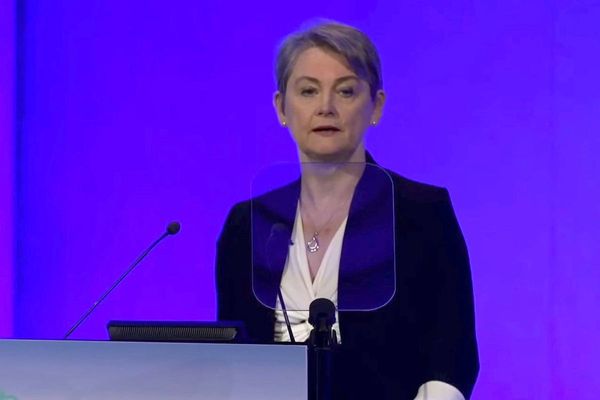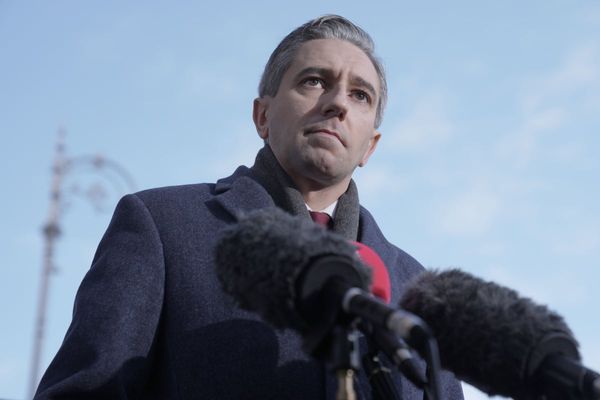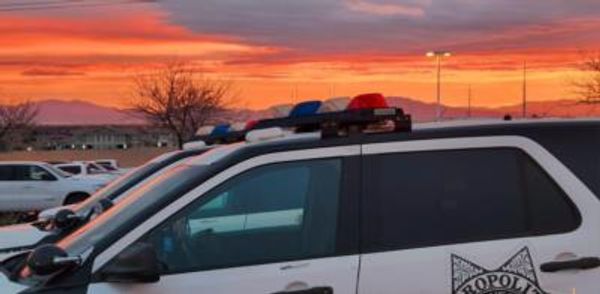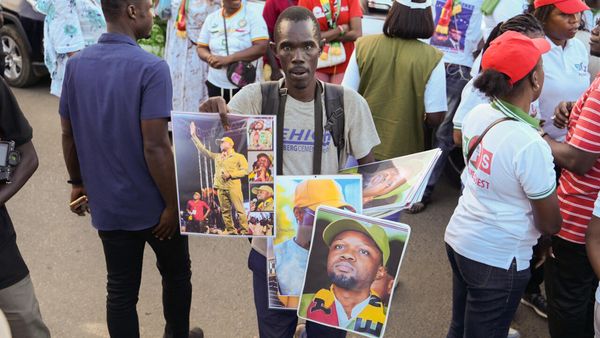
The recent loss of houses to bushfire in suburbs just north of Perth is a stark reminder that fire is not just a risk to residents in rural and regional areas. Simply put, it’s a myth to think you will always be safe on urban land. If you are near any type of bushland, grassland or scrubland, your property is likely to be at risk from a bushfire.
For decades, experts have cautioned that those living in peri-urban areas — areas between the cities and the countryside, including many outer suburbs — are at significant risk from bushfires. Now those risks may be growing, and for a few different reasons.
Urban sprawl and climate change create a risky combination
As the boundaries of urban and rural cities expand, so too does the risk of bushfire. With the interface between city and countryside shrinking as part of Australia’s ongoing “urban sprawl”, more people will be living in highly bushfire-prone areas in these peri-urban fringe areas.
As cities expand, they come closer to grasslands, forests and scrublands rich in bushfire fuels. And with more people living in these areas, bushfires are more likely to be ignited accidentally or deliberately.
Climate change will also lead to bushfire weather becoming increasingly more severe as temperatures, moisture deficits and wind speeds increase. This suggests fire intensity and fire frequency will increase, putting newly developed communities on the urban fringe at further risk.
The Australian landscape is among the most fire-prone in the world. The demand for residential development has seen local government authorities grant planning permits in areas where communities are increasingly located in the bushfire flume. But just because governments allow homes to be built in these areas doesn’t mean they’re safe. Those who live there must be mindful of the bush that surrounds them.
There are many examples of bushfires in these areas having devastating impacts on lives and property, but perhaps the most notable took place two decades ago. The 2003 Canberra bushfires exposed the myth that paved suburban areas were somehow “safe” from bushfire, as they came under intense ember attack and more than 500 houses were lost to a firestorm.
These Canberra bushfires resulted in a government inquiry led by former federal ombudsman Ron McLeod. The McLeod report found the Canberra community “had not been sufficiently well prepared to understand the nature of the bushfire risk that exists as a consequence of the siting of the city in a bushland setting”. It also called for a major program of community education, to help residents understand how they could better protect themselves and their properties from bushfire damage.
What can you do? Have a plan, even in the suburbs
Today, it’s more widely understood that any community’s best way of surviving a bushfire is to plan ahead — long before any bushfire arrives.
A bushfire preparation plan is not necessarily complex: it can start with something as simple as agreeing on a course of action your family will take on a high fire-danger day, rather than leaving it until the last minute. A discussion around the dinner table, when everyone is together and focused, can work well.
The new Australian fire danger rating system indicates how dangerous a fire can be and provides those living in bushfire-prone areas with clear actions to take. It’s worth reading up on that rating system and indicating in your bushfire preparation plan what fire danger rating will be your trigger to leave. Your plan might also include where you’ll go, what route (and alternative route) you can take, what you’ll take with you, and how you’ll stay informed about warnings and updates, among other things.
There are also a few relatively easy steps you can take to prepare your home for bushfires. The good news is that states and territories have more resources now than ever for you to take these preventative steps and make a plan. This includes guides published by Victoria, New South Wales, Queensland, South Australia, Western Australia, Australian Capital Territory, Northern Territory and Tasmania.
Leave early, before you can see fire or smell smoke
There are only two options when fire threatens. The safest is to leave early, well ahead of a bushfire arriving and preferably before one even starts. That means understanding the conditions in which fires take hold and the triggers for when to leave, such as the declaration of total fire bans.
Leaving late is potentially deadly, with the prospect of becoming disoriented and lost in the smoke, crashing a vehicle, blocked by falling trees or caught by fire on the road. Leaving the decision whether to leave or stay until the last minute is also not a good idea: it’s a fertile ground for panic and poor decision-making.
Understand what defending a property actually means
Some Australians assume they’ll be safe to stay and actively defend their home as long as they’ve got the right equipment and tools. It’s important to understand that staying to defend property is a complex undertaking; exhausting, terrifying and potentially fatal.
Success is largely determined by where a property is in the landscape in relation to bushfire fuel. Of further importance is whether there is defendable space that will reduce the effects of flames and radiant heat on the property. A bigger question to consider is whether the property is defendable in the first place: most homes in bushfire-risk areas are simply not designed for catastrophic conditions.
Anyone attempting to defend needs an independent water supply, firefighting equipment, at least one other person to help and a high level of physical and mental preparedness.
Ultimately, whether you live in a regional area or the peri-urban fringe, staying safe means all of us taking responsibility for community safety. Planning ahead is one way that we can all take responsibility for our safety, which will mean our firefighters are spared from conducting dangerous rescues.
Additional reporting and contribution by John Schauble, who has worked extensively in bushfire policy and research at the state level and has volunteered for more than 40 years as a firefighter.
Originally published under Creative Commons by 360info.







